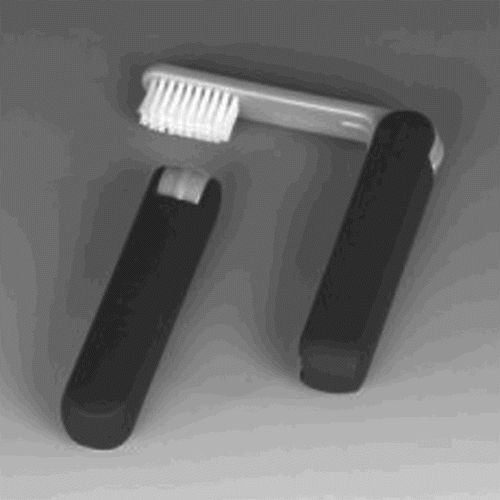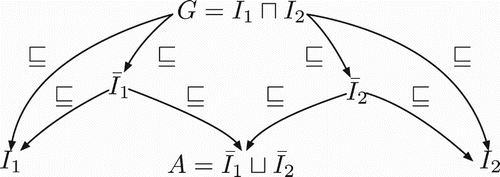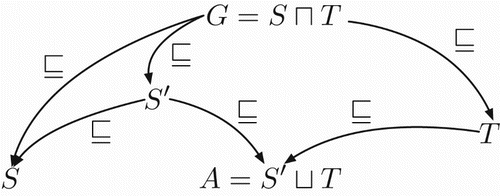Figures & data
Table 1. Example formalisation of a stereotypical characterisation of a horse.
Figure 2. A reproduction of the examples originally given by Schwering et al. (Citation2009) for the different types of higher-order anti-unifications applied in HDTP: a renaming (a), two different forms of fixation (b and c), an argument insertion (d), and a permutation (e).

Table 2. Example formalisation of a stereotypical characterisation of a dog.
Table 3. Shared generalisation of the “horse” and “dog” formalisations from Tables and , respectively.
Figure 5. Schematic overview of the houseboat blend as conceptualised by Goguen (Citation2006): the conceptual theories for house and boat are generalised to a theory describing some object used by a person resting on some medium, and then combined to a houseboat theory featuring an object which is at the same time house and boat, resting on water, with residents living in it (who are at the same time passengers riding on it).
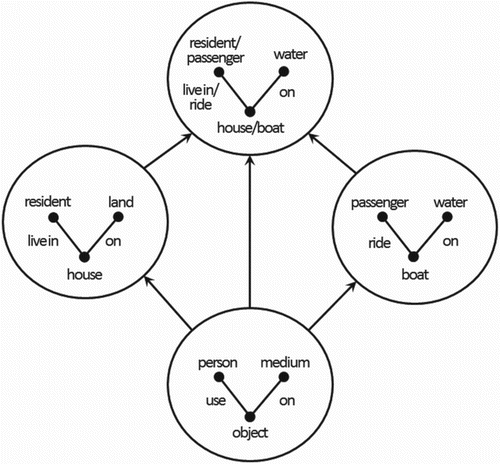
Figure 6. A conceptual overview of Goguen (Citation2006)'s account of concept blending.
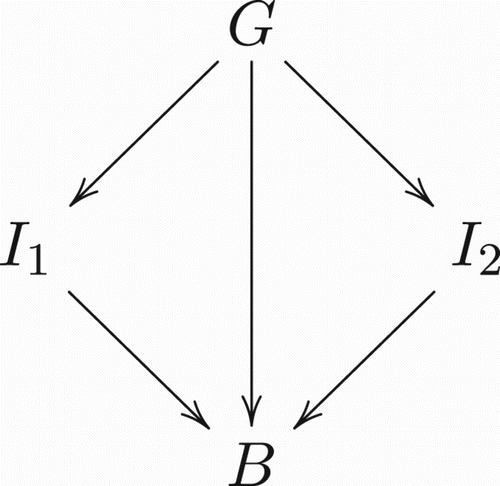
Figure 7. A conceptual overview of the COINVENT model of concept blending as described in Section 4.1: the shared generalisation G from S and T is computed with . The relation
is subsequently re-used in the generalisation of S into
, which is then combined in an asymmetric amalgam with T into the proto-blend
and finally, by application of
, completed into the blended output theory
. (⊆ indicates an element-wise subset relationship between sets of axioms and
indicates subsumption between theories in the direction of the respective arrows.)

Figure 8. Blending schema for “Sign Forest” when inputs are typical concepts for “Sign” (traffic signpost) and “Forest” (forest of typical trees); the arrows indicate subsumption () as in Figure .
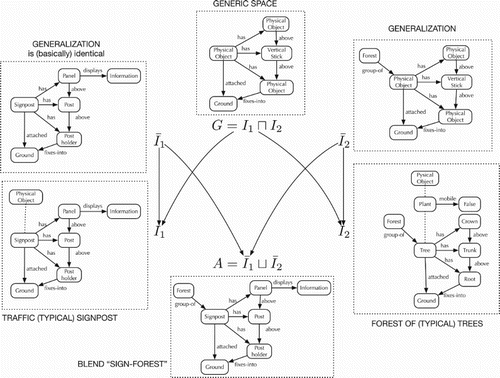
Table 4. Example formalisations of stereotypical characterisations for a bird S and a horse T.
Table 5. Abbreviated representation of the shared generalisation G based on the stereotypical characterisations for a horse and a bird, constituted by generalisations

 /
/
 ,
, 
 /
/
 ,
, 
 /
/
 , and
, and 
 /
/
 (i.e.
(i.e. 
 and
and 
 ).
).
Table 6. Abbreviated representation of the generalised source theory 
 based on the stereotypical characterisations for a horse and a bird, including additional axioms
based on the stereotypical characterisations for a horse and a bird, including additional axioms

 ,
, 
 , and
, and 
 obtained from generalising the remaining axioms from
obtained from generalising the remaining axioms from 
 .
.
Table 7. Abbreviated representation of the proto-blend 
 obtained from computing the asymmetric amalgam between
obtained from computing the asymmetric amalgam between 
 and T.
and T.
Table 8. Abbreviated representation of 
 .
.
Table 9. Abbreviated representation of the final blended theory 
 giving a characterisation of Pegasus after inconsistency check and repair (i.e. based on
giving a characterisation of Pegasus after inconsistency check and repair (i.e. based on 
 ).
).
Figure 9. A folding toothbrush like the one from the example in Section 4.5, characteristically featuring a hinge allowing the brush head to be folded back into the handle.
